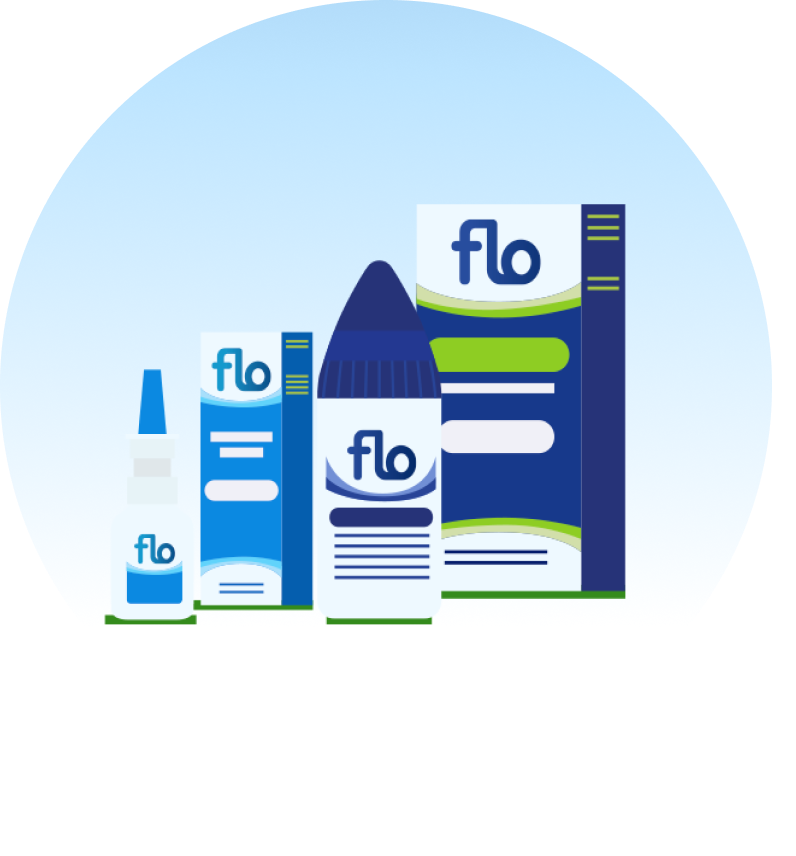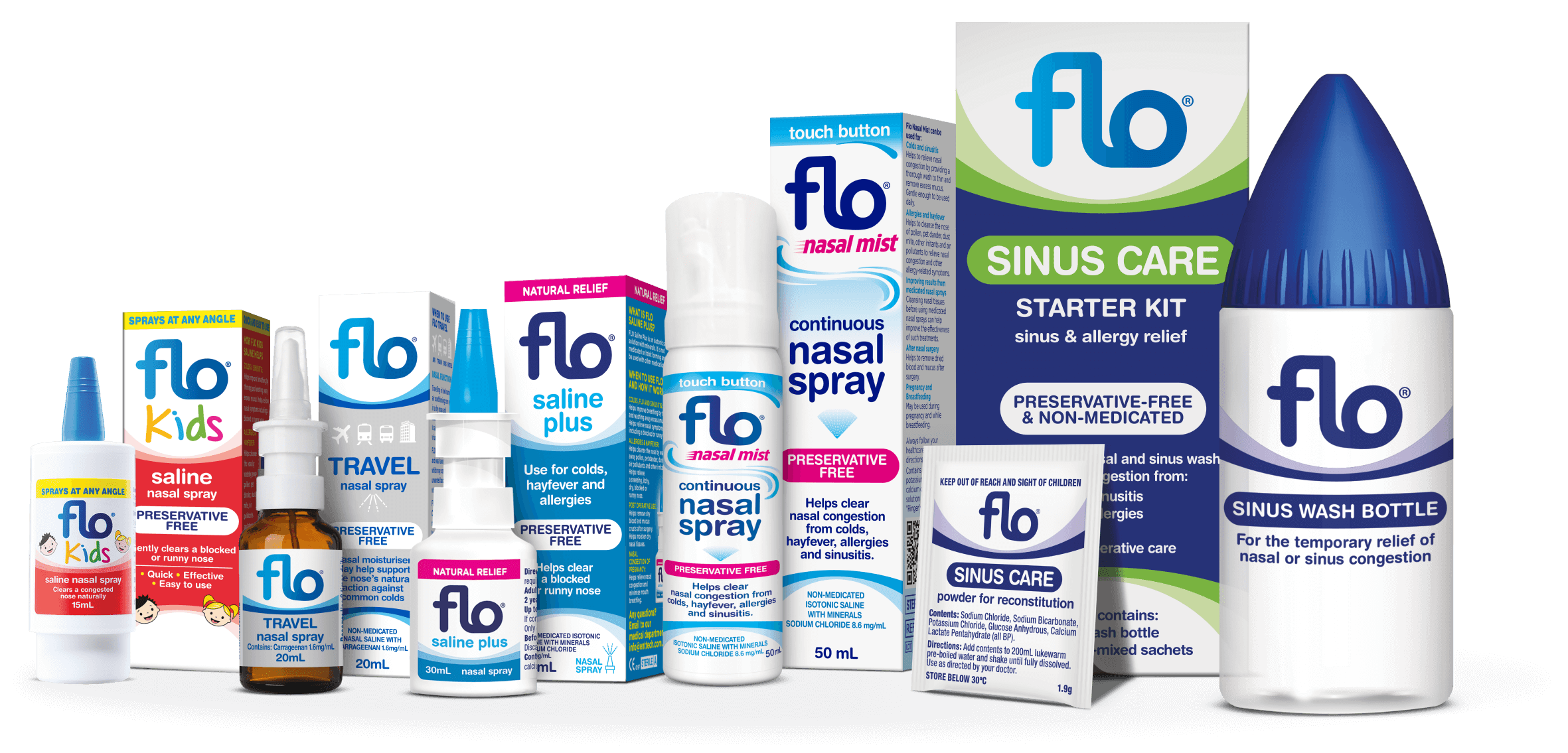Weathering the Seasons: Navigating Seasonal Allergies
- Seasonal Allergies
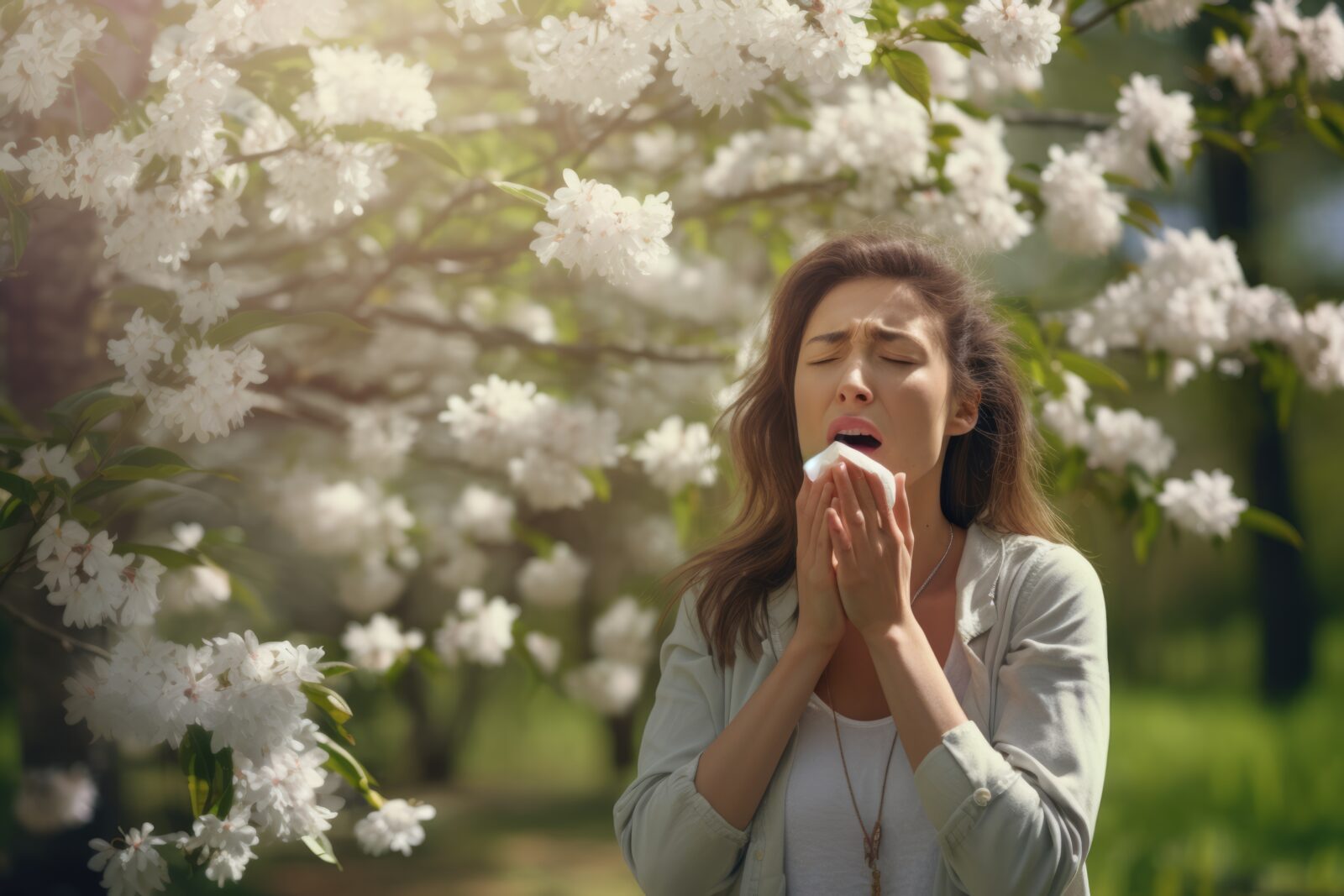
Do you experience sniffles, itchy eyes, and a constant urge to sneeze when the seasons change? You’re not alone! Millions of Australians grapple with seasonal allergy symptoms.
Seasonal allergies, also known as hayfever or allergic rhinitis, are triggered by particles like pollen and mould spores that dominate the air at different times of the year. Your allergy flare-ups will depend on where you are in Australia, the time of year, and the specific allergens you’re sensitive to.
Let’s explore what allergens are in the air across Australia so you can take action to keep allergy symptoms at bay.
What are seasonal allergies?
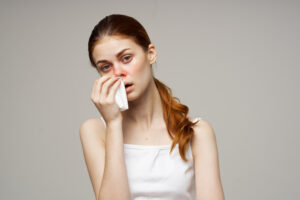
Seasonal allergies are reactions to certain allergens that appear in greater volume during particular times of the year. Allergies happen when your immune system overreacts to a normally harmless substance, like pollen from trees and grasses.
This reaction triggers the release of chemicals, such as histamine, that cause allergy symptoms like:
• irritated, watery, and red eyes
• runny, itchy, and blocked nose
• sneezing
• itchy ears, throat, and palate
While the specific triggers vary by season and location, many seasonal allergies share similar symptoms and treatments.
What allergies come with each season?
In Australia, the amount of pollen in the air can change according to the season, the wind conditions and where you live. Broadly speaking, pollens from trees and grasses drive allergies in spring and summer.
For instance, in Melbourne and Hobart, pollen counts are highest during October and November. Adelaide, Sydney and Canberra experience peak pollen seasons in spring and summer. However, Brisbane and Darwin have moderate to high pollen levels for much of the year.
Winter and autumn allergies are more likely caused by indoor allergens (like dust mites, mould spores and pet dander), especially if you spend more time inside.
Let’s take a closer look at seasonal allergies in Australia.
Spring and Summer Allergies
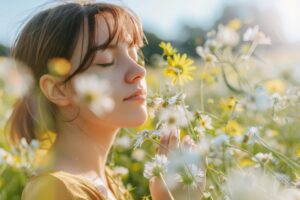
Allergens: Common allergy triggers during this time include pollen from grasses, weeds, and trees. Pollen levels can spike, particularly in regions around Melbourne, Hobart, Adelaide, Sydney and Canberra. There are handy tools available to work out the pollen count in your area.
Symptoms: Watch out for sneezing, nasal congestion, a runny nose, itchy or watery eyes and coughing.
Management: To manage spring and summer allergies, experts recommend:
• Using saline nasal sprays and saline sinus washes to clear nasal and sinus passages and remove allergens
• Using antihistamines to control itching and sneezing
• Avoiding peak pollen times by staying indoors with windows closed and using recirculating air conditioning
• Removing allergy-triggering plants and weeds from around the home
• Washing hands, rinsing eyes and showering after being outdoors during high pollen periods
Winter and Autumn Allergies
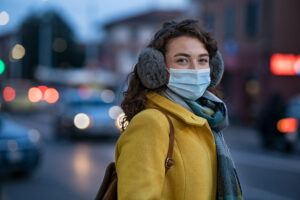
Allergens: As summer fades, pollen counts tend to fade as well. However, it’s still worth keeping an eye on your local pollen levels, especially if you live in more northern parts of Australia (where pollen counts stay moderate to high year-round). Don’t forget that indoor allergens (such as dust mites, pet dander, mould spores and indoor air pollutants) may be the more likely culprit behind your allergy symptoms during autumn and winter.
Symptoms: You might get nasal congestion, sneezing, itchy or watery eyes, postnasal drip (a feeling of drainage down the back of your throat), and fatigue.
Management: Some ways to manage autumn and winter allergies:
• Monitor pollen count and avoid outdoor activities when levels are high.
• Put your pillows and mattresses in allergen-proof covers to shield yourself from dust mites. Wash your bedding in hot water regularly to get rid of dust mites.
• Vacuum and dust your home regularly to minimise allergens.
• Keep your indoor spaces clean and well-ventilated, this is key to controlling mould and dust mites.
• Maintain low indoor humidity levels can also help control mould growth.
• Consider over-the-counter antihistamine nasal sprays or saline nasal sprays or sinus washes to manage symptoms.
• Groom your pets frequently (or get someone to do it for you) and keep them out of bedrooms to minimise pet dander.
Breathe Freely Every Season with FLO
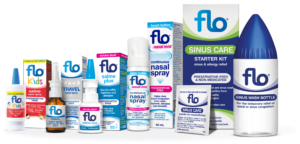
FLO offers a broad range of nasal and sinus products to help you breathe freely and manage your allergy symptoms effectively. FLO recommends:
• EZE-ALLERGY Nasal Spray as a fast-acting antihistamine spray for hayfever and allergy relief.
• FLO Nasal Mist to relieve a blocked or runny nose due to allergies.
• FLO Saline Plus Nasal Spray for nasal relief when you have symptoms of cold and flu or hayfever to wash allergens and irritants.
• FLO Sinus Care to wash away the mucus and allergens from your nose and sinuses and reduce symptoms of hayfever and allergies.
For kids with allergies, try FLO Kids Saline Nasal Spray or FLO Baby Saline Drops for a gentle and easy way to clear a blocked or runny nose. For more information on the FLO range of products and how they can help manage allergy symptoms at any season, visit the FLO product page.
Always read the label and follow the directions for use.

